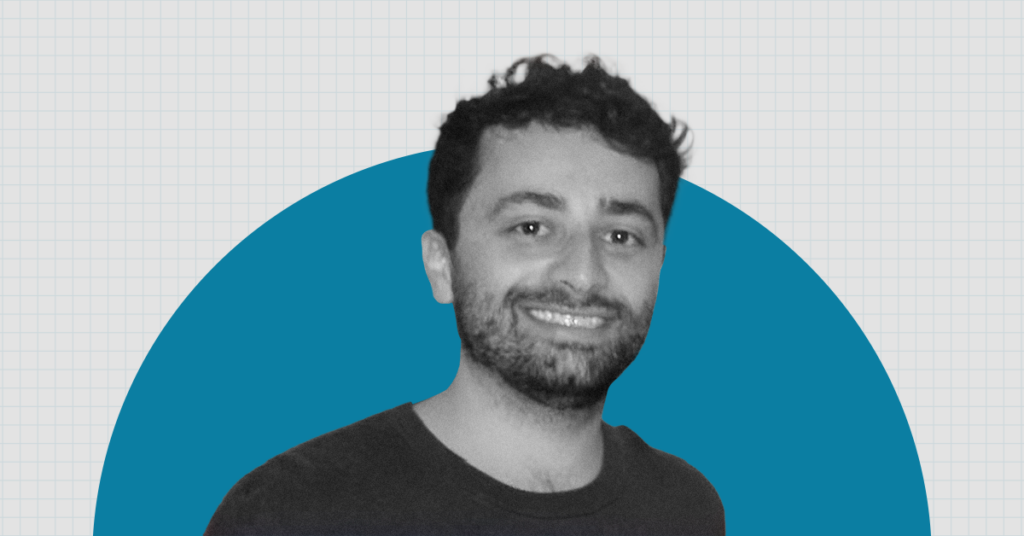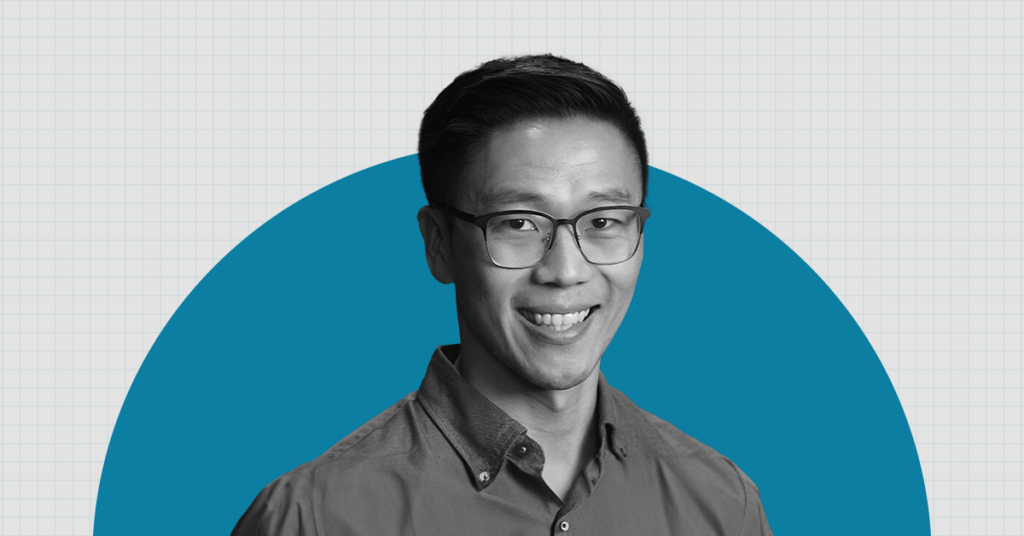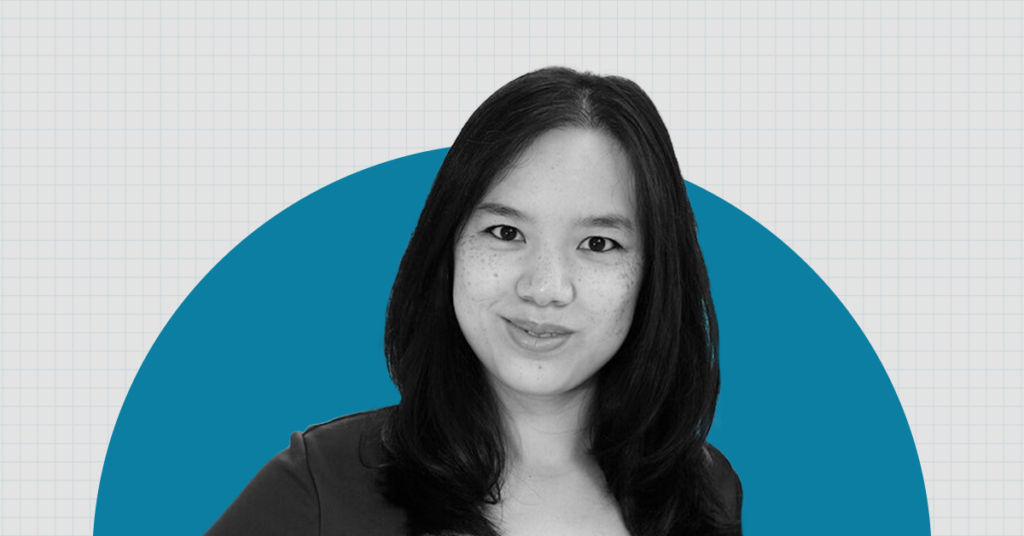Get to Know Noodle’s UX/UI Designer, Luis Ramirez
What’s changed in me over time is the understanding that leadership is a role closer to the people rather than just focusing on the numbers.
Luis Ramirez is UX/UI Designer at Noodle. Originally from Guayaquil, Ecuador, he completed his undergraduate studies at Universidad Técnica Federico Santa María (UTFSM). After his studies Luis was invited by his institution to teach computer graphics and design fundamentals before completing an online Masters degree that mixed education and communication studies. He shares that education has helped him guide users with design patterns in this digital age with new products. Now here at Noodle, Luis supports his team with good collaboration, listening to others’ perspectives and knowing how decisions impact how others will feel.
What elements or traits does a great leader exhibit?
I particularly value people who anticipate the needs of others, through empathy, and an authentic interest in their work. This approach helps leaders to build trust, and guide team members toward a common goal.
When you think of great leadership, who comes to mind? Why?
This may sound unusual but I think of Trevor Noah. I think he stands as a leader in political commentary in his role of host of The Daily Show. He uses the Socratic Method in his interviews and achieves insightful discussions with people holding opposite views. I value that in the sense that changes start in the world of ideas.
How has your personal leadership style evolved?
Nowadays I understand leadership as a guide within a team and organization. It’s important to me to stay close to the people and understand their roles in the bigger goals. So, it’s like quickly zooming in and out, understanding the big picture, to motivate in the day to day actions. What’s changed in me over time is the understanding that leadership is a role closer to the people rather than just focusing on the numbers.
What is it about your background or career experiences that successfully positioned you for your role at Noodle? Describe that role.
Since my first work experience I’ve been involved in presenting ideas using digital products (cd-roms, websites, prototypes). I was working for several years as a university teacher in Ecuador from 2007 to 2012. During that time, I used all the existing resources to extend the learning experience to online platforms, with the incentive that the internet will allow them to access other markets, and collaborate remotely as they were doing onsite. Another important experience was the collaboration with Salesforce on building their own learning platform, Trailhead. In addition, the collaboration with Salesforce extended to the presentation of demos, to expose new features in their annual convention.
How do you support the success of your team?
Understanding their points of view mostly when they conflict with my own. I’ve always got a better result when collaborating despite these conflicts versus just ignoring the experiences of others. As a designer who knows what works, having a deeper sense of humbleness about my craft is important.
Describe how your career has been enhanced by exposure to diverse people, places or experiences.
My career has been enhanced by this exposure to help me understand different approaches to how people solve problems according to their cultures. Also, it’s helped me to value the work ethics of others in contrast to mine.
What are some of the most effective tools in your leadership arsenal?
Knowing how others feel in general, and recognizing in which way the decisions in a project are affecting their mood. When needed, I try to be proactive and share details of how many decisions are made with my team. Also, I try to listen to more honest feedback. I approach the people involved to find a middle point that represents the views of most stakeholders.
Please tell us something about yourself that people would be surprised to learn.
I attended a military high school – my dad had an important discount that allowed me to go. I disliked the way decisions were made because that high school was a vertical organization. On the other hand, that high school was connected to an external leadership program for students to attend after classes. In that program, I also interacted with students from other high schools to discuss the problems in our community and propose solutions. There I realized how different others’ views could be—–even from people the same age.



